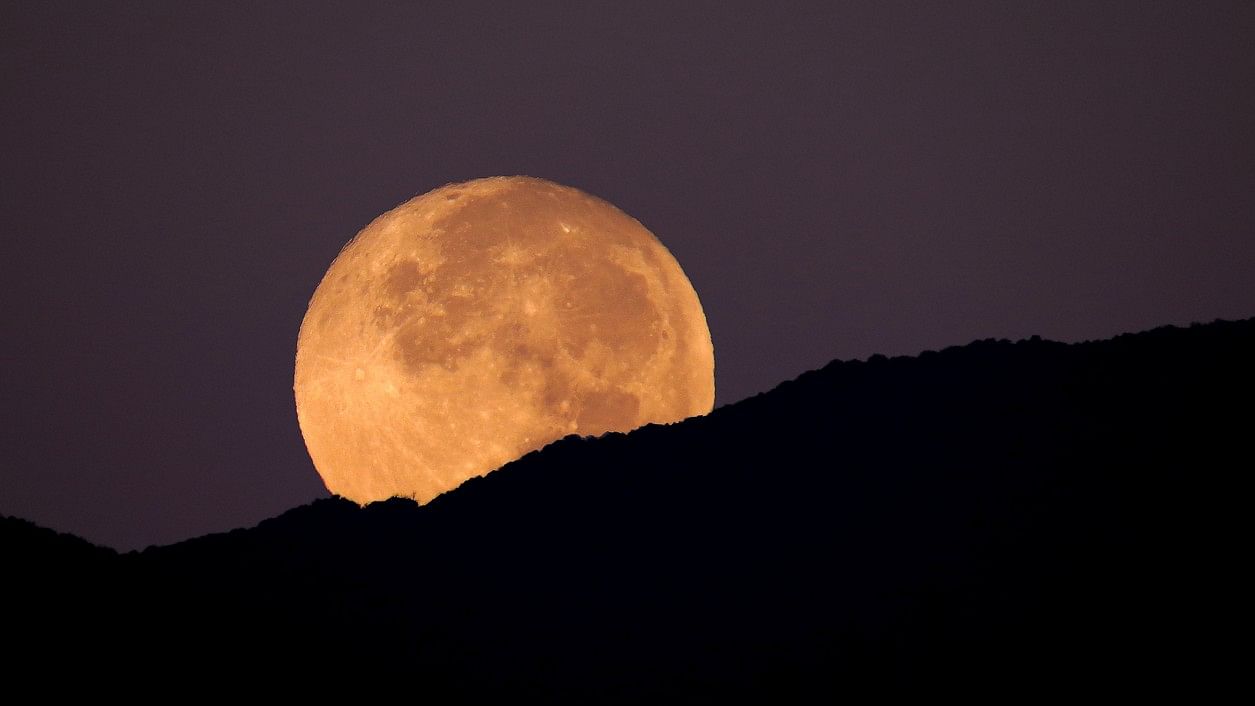
Image showing a supermoon. For representational purposes.
Credit: iStock Photo
The final supermoon of 2024, known as the Beaver Moon, is set to illuminate the night sky on November 15. This celestial event occurs when the Moon reaches its full phase while being at or near its closest approach to Earth, known as perigee, making it appear larger and brighter than usual.
Why is it called the Beaver Moon?
The name "Beaver Moon" originates from Native American and early European settler traditions. November was the time of year when beavers became particularly active in preparing for winter, building dams and seeking shelter. Hunters and trappers also took advantage of this period to set traps before the water bodies froze, ensuring a supply of warm fur for the colder months. The name has since been adopted as a traditional designation for the full moon of November.
Visibility from India
Observers in India, including those in Bengaluru, can witness this supermoon. The Moon will reach its peak fullness at 2:58 a.m. IST on November 16. For optimal viewing, it's recommended to look toward the eastern horizon just after sunset on November 15. The Pleiades star cluster, also known as the Seven Sisters, will be visible near the Moon during this time, adding to the spectacle.
Previous supermoons in 2024
This year has featured a series of notable supermoons:
August 19, 2024: The Sturgeon Moon, the first supermoon of the year.
September 18, 2024: The Harvest Moon.
October 17, 2024: The Hunter's Moon.
The upcoming Beaver Moon on November 15 will be the fourth and final supermoon of 2024.
Tips for viewing
Timing: Begin observations just after sunset on November 15.
Location: Choose an area with minimal light pollution.
Equipment: Binoculars or a telescope can enhance the experience.
This final supermoon offers a remarkable opportunity to engage with the wonders of the night sky while embracing the lore behind its unique name.
Disclaimer: This article has been written by generative AI and has been reviewed and edited by the DH Web Desk.